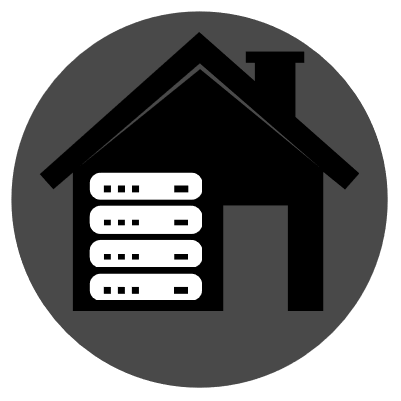Regarding photos, and videos specifically:
I know you said you are starting with selfhosting so your question was focusing on that, but I would like to also share my experience with ente which has been working beautifully for my family, partner and myself. They are truly end to end encrypted, with the source code available on github.
They have reasonable prices. If you feel adventurous you can actually also host it yourself. They have advanced search features and face recognition which all run on device (since they can’t access your data) and it works very well. They have great sharing and collaborating features and don’t lock features behind accounts so you can actually gather memories from people on your quota by just sharing a link. You can also have a shared family plan.









One thing which I find useful is to be able to turn installation/setup instructions into ansible roles and tasks. If you’re unfamiliar, ansible is a tool for automated configuration for large scale server infrastructures. In my case I only manage two servers but it is useful to parse instructions and convert them to ansible, helping me learn and understand ansible at the same time.
Here is an example of instructions which I find interesting: how to setup docker for alpine Linux: https://wiki.alpinelinux.org/wiki/Docker
Results are actually quite good even for smaller 14B self-hosted models like the distilled versions of DeepSeek, though I’m sure there are other usable models too.
To assist you in programming (both to execute and learn) I find it helpful too.
I would not rely on it for factual information, but usually it does a decent job at pointing in the right direction. Another use i have is helpint with spell-checking in a foreign language.